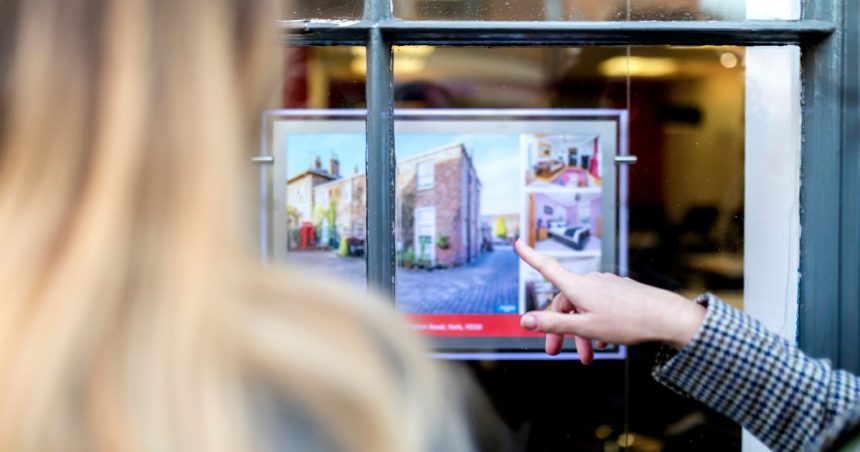A groundbreaking report has uncovered a new housing trend that’s set to reshape the Australian property market.
New data shows more Australians than ever are looking to secure a home that aligns with their changing lifestyle needs – a shift putting added pressure on the nation’s already stretched housing supply.
Known as ‘rightsizing’, it describes a process of seeking a home that’s the ‘right’ size and layout specific for the homeowner’s needs – whether that’s a smaller property, a different home configuration, a more energy efficient home or a home closer to particular places or amenities.
The report by Temple & Webster, titled Finding the Right Fit: The Future of Rightsizing in Australian Housing, reveals ‘rightsizing’ is now the primary driver behind Aussie relocations, with more than two-thirds of soon-to-be home-movers motivated by reason.
However, many of these ‘rightsizers’ are seeking properties with similar attributes as each other, leading boomers and growing families to compete for properties that offer similar features, demonstrating a growing disconnect between Australian housing options and demand.
Lucy Sutherland, Director of Insights & Trends at Temple & Webster, says the study points to a market shift, with Aussie homebuyers now seeking more spacious, use-adaptive and flexible homes.
“We know that many Australians are looking to move to housing that better suits their needs,” she said.
“Size is important, but so is affordability and proximity to services, and for many, their needs will be best met by moving into an apartment.”
Lucy says the same rightsizing principals are putting off homebuyers from apartment stock, particularly newer builds, with homebuyers citing a lack of outdoor and internal living space as key deterrents.
Currently, the apartment market isn’t meeting this demand for suitable homes with adequate privacy, accessible designs, indoor space and outdoor access.
That’s despite around 60 per cent of apartment dwellers valuing access to communal spaces, reflecting a failure of developers to address residents’ needs and demands.
Rightsizing study’s key findings
- 1 in 4 plan to move within two years, with 67% citing rightsizing as a key reason.
- Renters are more likely to move soon, with one-third planning to relocate.
- 67% of movers are put off by a lack of suitable housing options
- Older Australians (55+) struggle to find accessible, practical homes.
- Apartments have low demand due to less outdoor (67%) and internal space (46%).
- 61% of younger Australians (25-54) would consider an apartment for affordability.
- 24% would transition to apartments for low maintenance and location.
Rightsizing to alter building blueprints?
The study underscores how construction firms and developers can tap into the rightsizing trend by building smarter, more versatile homes that cater to the trending change in home preferences.
By incorporating multi-functional layouts, soundproofing, communal gardens, and shared facilities into new builds, apartment developers, in particular, could usurp their competition and build up buyer demand.
“We see many people struggle with the notion of apartment living,” Lisa explained.
“By focusing on a few of Australians’ pain points, such as lack of outdoor space and privacy, apartment living can be much more attractive.”
“By addressing the identified challenges in the housing market, stakeholders can work together to create a more resilient and inclusive ‘rightsized’ housing landscape in Australia.”







